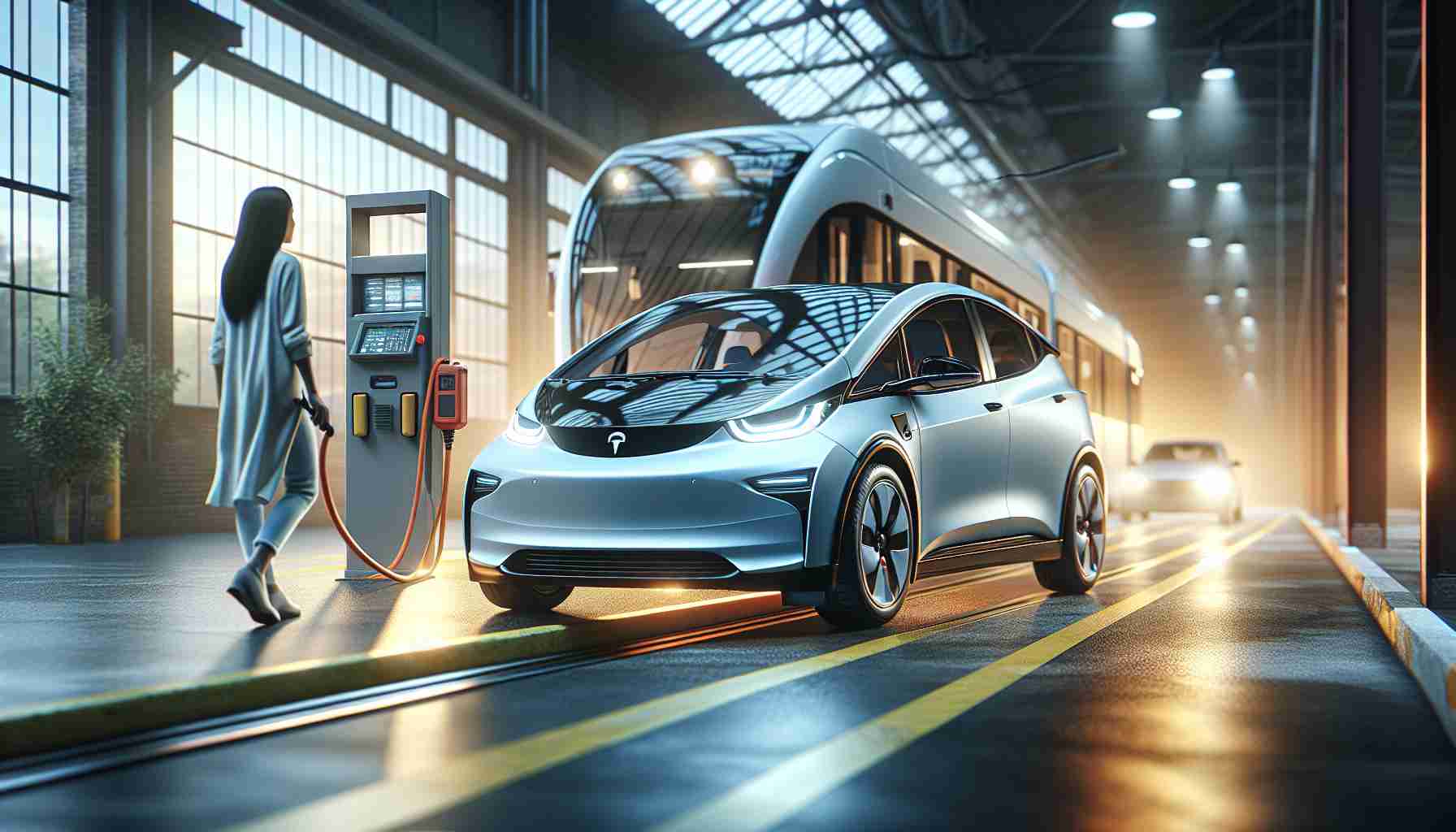The electric vehicle (EV) boom is driving drastic changes in automotive safety, centered around the unique challenges posed by high-voltage battery systems. The crunch of international bodies like the Society of Automotive Engineers (SAE) and the International Organization for Standardization (ISO) is reshaping how manufacturers approach crash testing and safety benchmarks.
Lakshmi Prasad Bhatta, a veteran in crash safety engineering, is at the forefront of these innovations. With over twenty years of experience, he has contributed to vital advancements in this rapidly developing field. While meeting basic safety regulations such as FMVSS and UNECE is obligatory, Bhatta stresses the need for more comprehensive safety measures, advocating for testing protocols that address real-world dangers.
The evolution of EV safety focuses on designing vehicles that resist thermal runaway scenarios—particularly those triggered by side-impact damage to batteries. Bhatta’s innovative side sill reinforcement design highlights the possibility of combining intrusion prevention with crash energy absorption, showing how structural fortitude can align with safety needs.
The complexity of crash testing for electric vehicles increases due to the intertwining mechanical, electrical, and thermal factors. Multi-domain simulation tools enable engineers to foresee and address potential vulnerabilities early in the design phase.
On a global scale, regulatory bodies are proactively enhancing EV battery safety. Recent rules in India, reflective of EU standards, are compelling manufacturers to push the envelope on battery durability and safety. Bhatta sees this global regulatory momentum as both foundational and inspirational, pushing the industry towards innovative breakthroughs like lithium iron phosphate (LFP) and solid-state batteries for heightened safety and sustainability in future EVs.
Understanding EV safety holistically involves safeguarding not just the vehicle’s occupants but also first responders, infrastructure, and communities. Collaboration across various sectors will ensure the continued advancement and acceptance of electric vehicles as a safe and sustainable transport solution.
Revolutionizing Traffic Safety: Are Electric Vehicles the Solution or a New Challenge?
The electric vehicle (EV) industry is not only transforming how we move but also revolutionizing traffic safety—prompting a reevaluation of age-old automotive principles. This profound shift introduces unique technical challenges and sparks debates on safety protocols and technological advancements that could define the future of transportation.
Exciting Innovations and Technical Challenges
As the automotive industry races toward an electrified future, the intricacies of high-voltage battery systems introduce previously unseen safety challenges and opportunities. The principal concern lies in ensuring the structural integrity and safety of EVs in the face of crashes, especially concerning potential thermal runaway incidents. Innovative design strategies, like enhanced side sill reinforcements, showcase how ingenuity in engineering can mitigate risks, indicating a paradigm shift in vehicular safety design.
Impact on Humanity and Technological Advancement
As EVs become mainstream, the enduring question remains: Will they elevate or endanger humanity’s pursuit of safer roads? The interplay between sophisticated battery systems and crash safety is a double-edged sword; while promising safety improvements, it also necessitates advanced technological solutions and rigorous testing. Multi-domain simulation tools become indispensable, enabling engineers to anticipate and resolve potential design vulnerabilities, pushing the boundaries of innovation further.
Fact and Controversy: LFP vs. Solid-State Batteries
The debate between lithium iron phosphate (LFP) and solid-state batteries exemplifies the complexities facing the industry. While LFP batteries offer remarkable durability and safety at lower costs, solid-state batteries promise even higher safety standards with greater energy density. The question arises: Which technology should spearhead the future of EV safety? This debate fuels ongoing research and development, reflecting a broader contention about resource allocation and technological prioritization.
Advantages and Disadvantages
On the upside, the evolution of EV safety contributes to reducing the environmental impact of vehicular emissions, potentially ushering in a new era of sustainable transportation. With global regulatory bodies tightening standards, consumers can expect more robust and secure vehicles on the roads. Yet, the high-voltage nature of EVs prompts safety challenges that require acute awareness and careful handling, especially for first responders in emergencies.
Are We Ready for an Electric Future?
As we accelerate towards a fully electric fleet, several pivotal questions linger. How can industry standards ensure the highest safety levels for both occupants and first responders? What protocols must be established to harness the potential of advanced battery technologies without sacrificing safety? These questions underscore the importance of embracing comprehensive testing and ongoing innovation.
For more insights into the world of electric vehicles and the challenges accompanying their rise, visit:
SAE International
ISO







